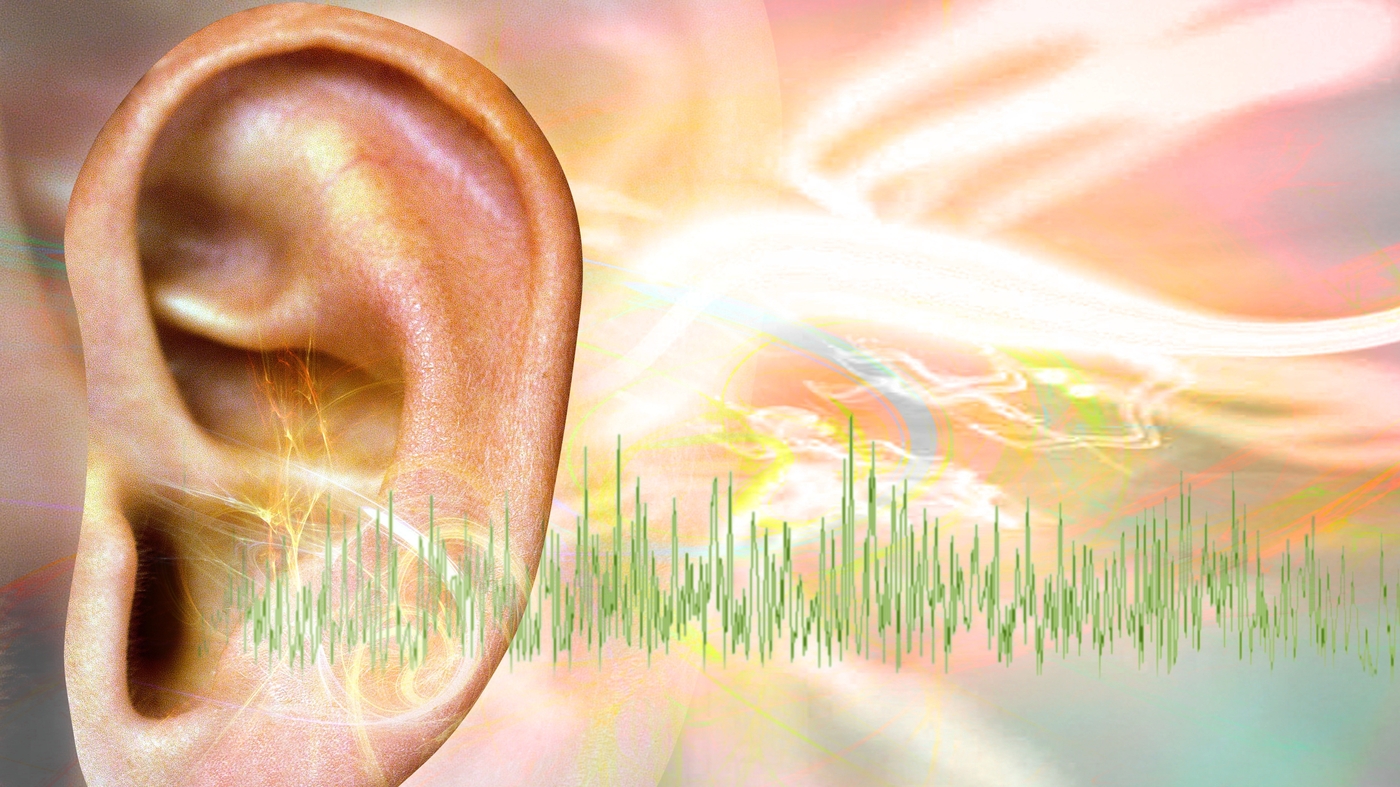
6 children with deafness can hear after a single injection
Hearing in children born with a cochlear implant: a gene therapy approach using sound waves in the air for treatment of deaf children
“This is really the first time that hearing has been restored in any adult or children by a new approach — a gene therapy approach,” Chen tells NPR in an interview.
“We are absolutely thrilled,” says Zheng-Yi Chen, an associate scientist at Mass Eye and Ear’s Eaton-Peabody Laboratories and associate professor of Otolaryngology–Head and Neck Surgery at Harvard Medical School in Boston. Chen led the research, which was published in the journal The Lancet.
Children may still need hearing aids, but their hearing has improved significantly. The treatment appears safe. The children have been followed for between six months and a year so far.
“Before the treatment they couldn’t hear a thing. You could put the loudest sound in the ear and they don’t hear anything,” Chen says. “Now they can hear.”
Hearing loss affects more than 1.5 billion people worldwide, including about 26 million who are born deaf, according to Mass Eye and Ear. There are a lot of genetic causes for hearing loss in children.
Born deaf, the 1-year-old boy had never responded to sound or speech before. But after receiving an experimental treatment injected into one of his ears, he started turning his head when his parents called his name. He spoke for the first time five months later.
“It’s remarkable,” says Lawrence Lustig, a hearing loss expert at Columbia University who was not involved in the trial. “We’ve never had a therapy that restores even partial hearing for someone who’s totally deaf other than a cochlear implant.”
The children were all born with a variation in the same gene that makes otoferlin. We hear things when sound waves in the air release a chemical from our inner ears that relays information to the brain. Otoferlin is used to release the chemical messenger. The ear can’t communicate with the brain without it.

